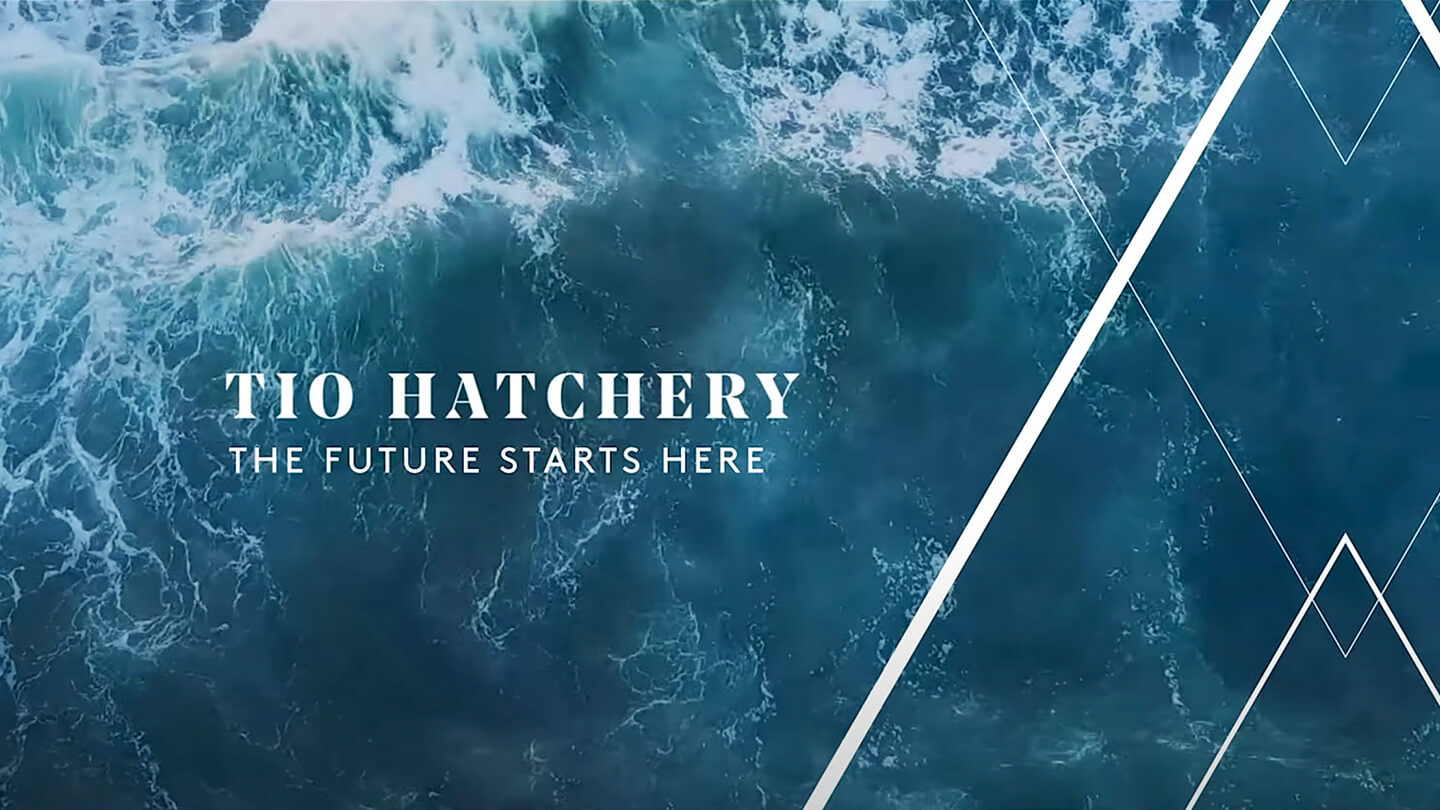Co-funding commercial fishing with careful precision
Precision Seafood Harvesting (PSH) was a nine-year programme under a Primary Growth Partnership with the Ministry for Primary Industries which aimed to develop and trial selective trawl technology on commercial fishing vessels.
With the workstreams completed under the first programme, Moana New Zealand is one of three industry co-investors alongside Plant & Food Research which will continue to invest in the PSH programme.
Modular fishing technology development, or Tiaki as it is known, translates to ‘care’.
We believe in the commercial benefits of this technology which results in the supply and consistency of new premium quality, sustainably harvested seafood products.
We hope this will lead to a more productive and resilient New Zealand fishing industry.
We are pleased to report that our revised funding application has been approved and research and development will continue to improve this trawl technology.
In line with kaitiakitanga, PSH is intended to produce higher quality, more sustainably harvested seafood products which are of increasing importance to ethical consumers when making purchasing decisions.
Moana New Zealand’s co-investment continues a number of priority steps including supply chain research, enhancing Aotearoa’s global fisheries reputation, commercialising prototype technology and agreeing target species and fisheries area management.
We look forward to keeping you updated.
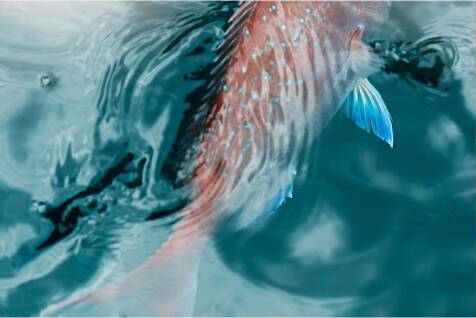
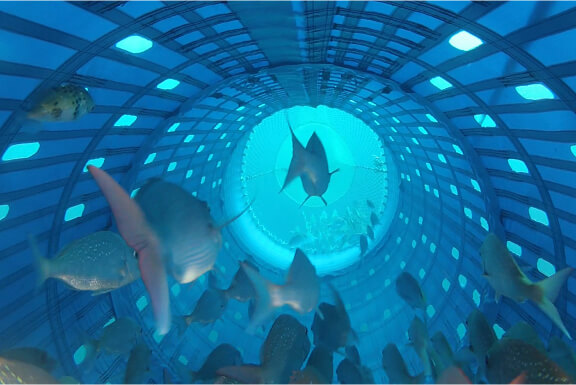
Transparency of data and reporting
Hand in hand with development of modular fishing technology is the importance of existing data and reporting to enhance New Zealand’s global fisheries reputation.
To ensure our kaimoana products are sustainably caught from our pristine waters, our Inshore Division manages catch data on behalf of contract fishers.
We then reimburse our fishers based on quota allocated by us and manage which species each fishing crew should target, in which fisheries management area, at which time of year. Because information is captured and shared in real-time, it helps ensure our catch is well spread and we are catching only to market demand.
It is the same across all species of ika (finfish), pāua and kōura (lobster/crayfish).

We have a responsibility and duty of care to be transparent as kaitiaki.
This information is one tool used to assist Ministry for Primary Industries manage fish stocks. The data is maintained rigorously through our Inshore Division and Moana New Zealand is audited regularly by MPI.
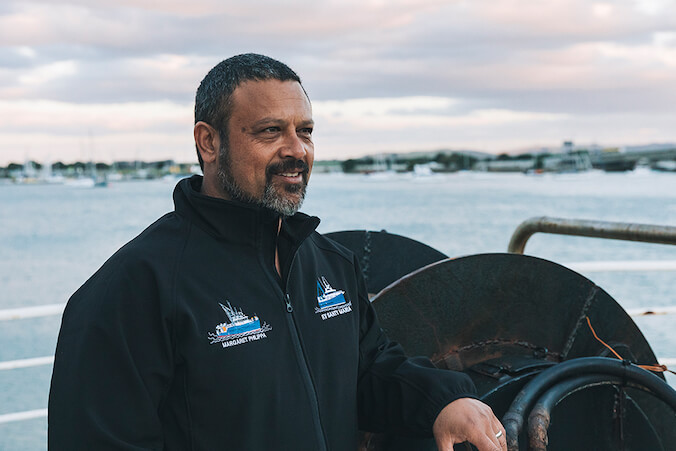
Roger Rawlinson - Skipper / Owner FV Santy Maria, RMD Marine
An example of this is our Inshore Division advocating for reductions in hapuku catch limits reflecting information supplied by contract fishers, to ensure healthy stock levels for generations to come.
Further, all of our contract fishers are invited to fisher responsibility training to share knowledge about catch data reporting, safety, vessel operator conduct and caring for the sustainability of the ocean.
This reporting year our Inshore Division conducted a strategic review of our processes around the reporting of catch data, with the overall objective of upholding whakatipuranga – or prosperity for the future on behalf of all Iwi.
As a result of the review, a new position Quota & Supply Planner has been created.
Leading Pacific tio innovation
We are delighted to update you on Moana’s investment to transform our tio (oyster) farms across harbours in Northland and the Coromandel.
We are the largest oyster farmer and exporter in the country and our responsibility as kaitiaki to sustainably produce and harvest shellfish is not a responsibility we take lightly.
We have an ambitious target to double our oyster production by 2026 and we have invested $21 million to grow oyster farming and operations capability and meet this target.
This growth ambition is in line with the Government’s target for an aquaculture industry value of $3 billion by 2030.
Academic and community engagement opportunities have been positive outcomes from our broader tio transformation project, as has use of local suppliers to construct our purpose-built hatchery.
Our tio are now available via our online kaimoana store and in your local supermarkets.
Visit our online storeAs New Zealand’s largest tio producer and exporter, we recognise that innovation in aquaculture will sustain us in the future.
We have grown oysters in baskets for a long time. The new technology enables semi-automation of farming and manipulation to improve growing conditions. The key difference is a change in orientation of the baskets on lines with an axle that enables the semi-automation. It is also floating rather than in fixed positions.
To achieve this our teams at Parengarenga, Whangaroa and the Coromandel have begun the process of converting our water space ready for baskets to be attached to ropes which sit on the surface of the water between posts. That involves removing older wooden posts, 99.7 percent of existing in-water infrastructure.
We grow the majority of our tio spat we purchase in our own nursery at our Nelson site and will soon be producing our own spat at our newly constructed hatchery. It is then transported to our harbour farms to be grown out.


After about an 18-month process, our tio make the journey to Wiri or the Coromandel to be graded for sale to domestic and export customers.
Our oysters are available live, chilled, and frozen. We have also recently started supplying supermarkets with half dozen and dozen packs where the oysters are in half shells.
This is an exciting future-focused development underpinned by our core values of kaitiakitanga and whakatipuranga.
Hatchery opening preview
Moana New Zealand’s Nelson Hatchery was due to open late in 2021 but has unfortunately been delayed due to Covid19. When operational, it will give us reliable spat supply for our premium all-season oyster.
Our leading marine facility will attract quality talent to our sector which is always a priority.
We have invested $4.9 million and are proud to have sourced timber locally from Nelson Pine which supplied the sustainable structural elements. We thank local construction firm IMB which built it.

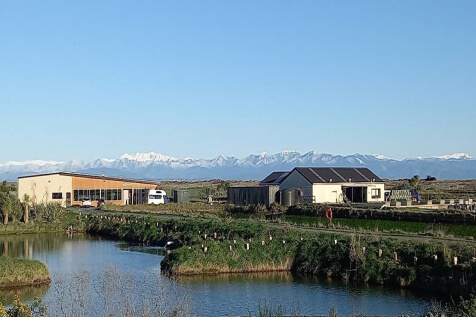
Covid19 has impacted our timeline, particularly with regards to lockdowns and material supply. We remain optimistic that trial production runs will commence in February 2022 with our first commercial batch ready the following month.
Please enjoy a visual tour of our Moana New Zealand based in Nelson.
Olin Pilcher – Nelson Operations Manager, Moana New Zealand
One of the briefs of the build was to build in some sustainability aspects to it. We’ve used LED lighting throughout. We’ve also invested in a pretty substantial solar system on the roof.
Growing Pacific oysters the larvae like to grow in really warm water. We’ve designed the building to capture heat.
There’s a lot of space here that we won’t be using initially but it allows us to grow into it and really up that production so that’s really exciting.
The framework of the building is based on an LVL structure and looks a bit like plywood but done with really thin strips of veneer glued together and it creates a really strong wooden structure. Also it’s produced locally, Nelson Pine. It’s a renewable resource.
One of the beauties of what we’ve done with this building is we could have built exactly what we need right now. The areas been designed to double the capacity that we have. The way Moana thinks and operates, is to look really long-term.
NZ-farmed shellfish match tofu’s low carbon footprint
Moana New Zealand were part of a study just-released by sustainability experts Thinkstep-ANZ which found New Zealand-farmed shellfish have among the lowest carbon footprints of all animal proteins, similar to the footprint of the plant-based protein tofu.
The Life Cycle Assessment (LCA), co-funded by the Ministry for Primary Industries and Aquaculture New Zealand, is an in-depth analysis of the life cycle of farmed Greenshell mussels (Perna canaliculus) and farmed Pacific oysters (Crassostrea gigas) in New Zealand.
A LCA considers the full life cycle of farmed shellfish from ocean to plate and beyond. It covers everything from collecting spat (the juvenile shellfish), through the grow-out phase on the farm, harvesting, processing, packaging, shipping, and food preparation, to disposing of used shells and packaging.

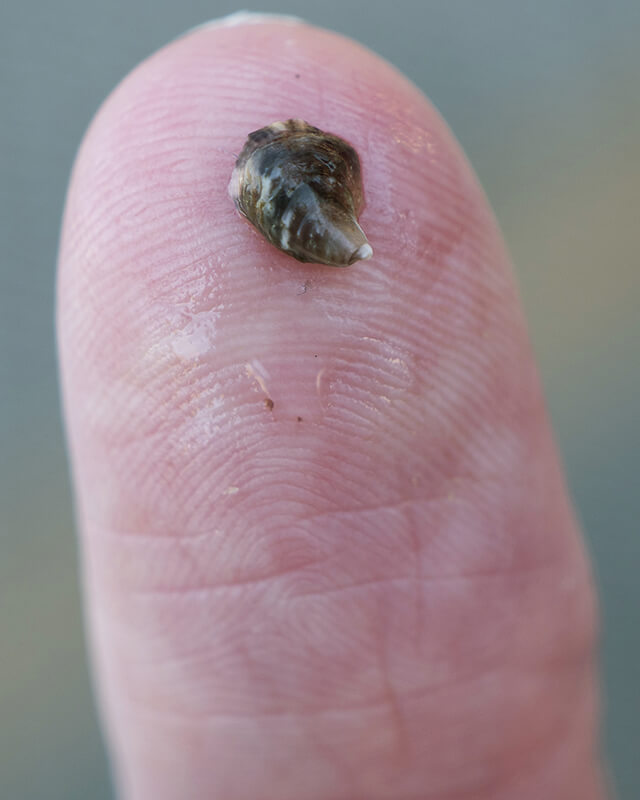
The study found that the impact of farmed shellfish (from farming to domestic retail stage) is comparable to tofu and their carbon footprint is comparable to or lower than all other forms of animal protein considered by the referenced study, including overseas-produced beef, poultry, dairy and eggs.
Fiona Wikaira, GM Aquaculture, says “Moana was eager to be part of the Life Cycle Assessment of our farmed oysters. As a Māori-owned seafood company, one of our core values is kaitiakitanga (guardianship). That is why we are committed to understanding our carbon footprint and building a reduction plan to minimise our impacts and provide our customers with the premium seafood they expect.”
The Government’s Aquaculture Strategy backs the aquaculture industry to generate $3 billion by 2035 and acknowledges the potential for aquaculture to be a significant part of a low emissions future economy.



